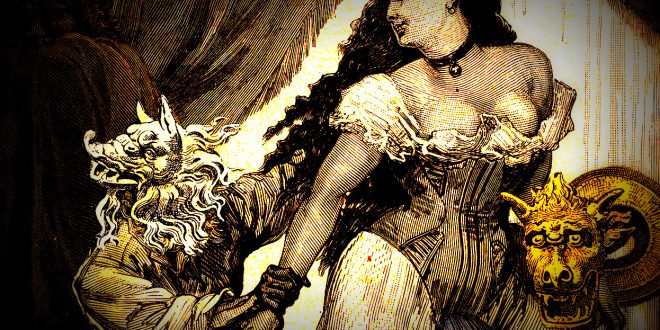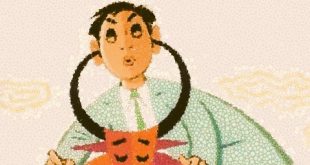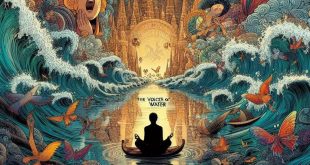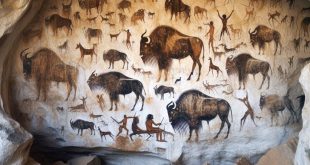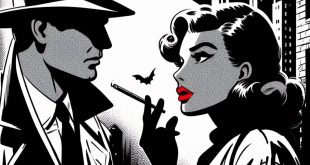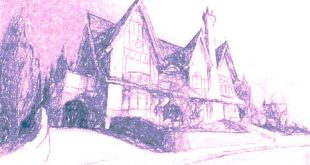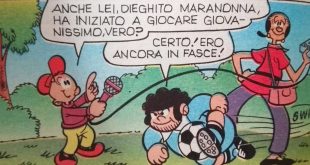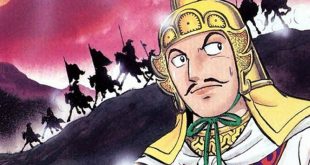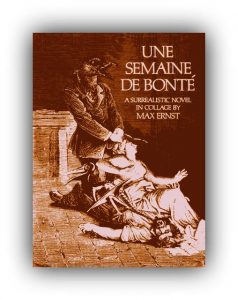 Images cut from the illustrations of the nineteenth century serial novels, but with the novel the surrealists had no luck. The most famous were those novels for images that Max Ernst worked between 1929 and 1934, cutting out pictures, and then assembling them into collages (which added to his hand captions). A week of kindness https://www.amazon.ca/Une-Semaine-Bont%C3%A9-Surrealistic-Collage/dp/0486232522 is a dreamlike construction inherited from soap opera. Ernst, with his mount made of mysterious combinations has created the banner of the perennial revolt of desire. In those disturbing pages, enters the dark and light eroticism never evoked by the surrealists.
Images cut from the illustrations of the nineteenth century serial novels, but with the novel the surrealists had no luck. The most famous were those novels for images that Max Ernst worked between 1929 and 1934, cutting out pictures, and then assembling them into collages (which added to his hand captions). A week of kindness https://www.amazon.ca/Une-Semaine-Bont%C3%A9-Surrealistic-Collage/dp/0486232522 is a dreamlike construction inherited from soap opera. Ernst, with his mount made of mysterious combinations has created the banner of the perennial revolt of desire. In those disturbing pages, enters the dark and light eroticism never evoked by the surrealists.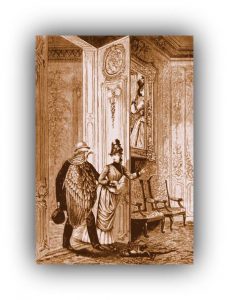
The 184 collages of this novel-collage, were made in 1933, during a trip that Max Ernst had done in Italy. Building upon the woodcuts inspired by the popular novels (and even to the nineteenth century sales catalogs), the artist cuts the designs that attract his attention, and then assemble them. Challenging the understanding of the meaning and reality, the end result, it gives rise to extraordinary beings, which move in unreal worlds. A week of goodness, is his third novel-collage. The choice of title, an allusion to an association of mutual assistance in Paris, founded in 1927.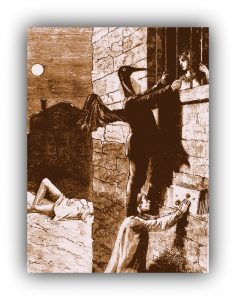
In A Week of Kindness, in the course of pages, the events form a contrast to the title. Power and violence, torture, murder and catastrophe are the dominant themes. The scenes of brutality charges, are to be related with the increase of the dangers of that era. So, Ernst takes a stand against the establishment of European dictatorships. In those fears, he mixes allegories, fairy tales and legends (along with fragments of dreams). The work is also imbued with themes dear to him: the rejection of patriotism and rejection of family, sexuality and anti-clericalism. In the days of the week, he associates a title of a paragraph (which indicates with the name of “element” common to the images that follow). In the last book, he combines the weekdays with quotations from Paul Eluard and Marcel Schwob, Jean Hans Arp, André Breton and other artists.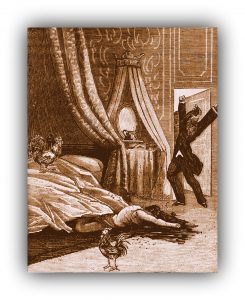
Max Ernst, starts the week from Sunday, with an orgy of violence, blasphemy and death. Persecution, theft, seduction, torture, punishment and death are the most important aspects. Human violence, then gives way to the force of nature, where the water has leitmotif. In the third book, on Tuesday, the element is fire. Friday, the element is the view. The bustling scenes of the previous series take over, emblematic images. Leafing through the pages of this novel-collage, you too can have the extraordinary opportunity to learn about one of the main works of art of the twentieth century Surrealist, where Max Ernst contravenes all established categories, trying to abolish all borders.
To pursue this issue, you can also read:
 Meeting Benches World art in all forms
Meeting Benches World art in all forms
